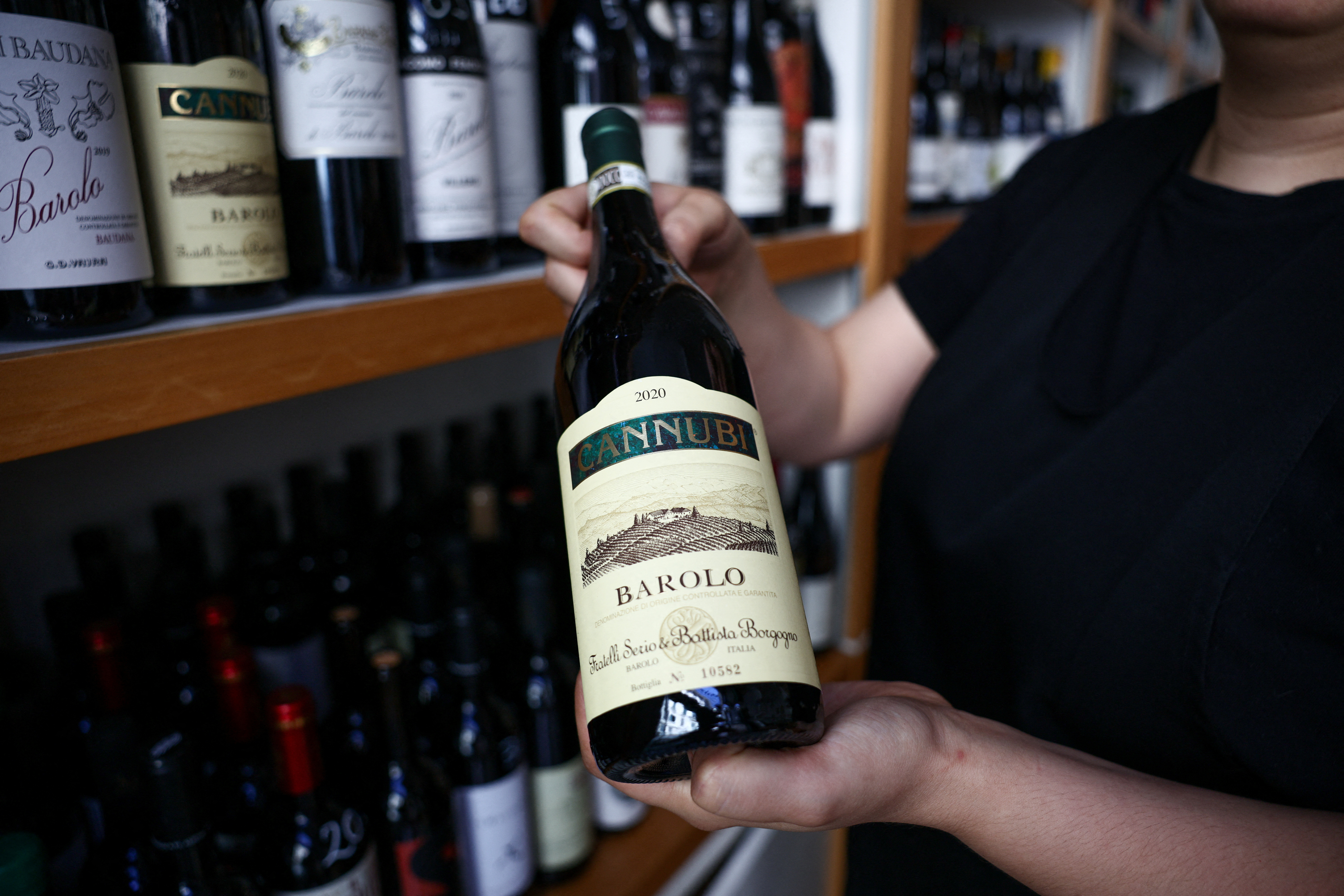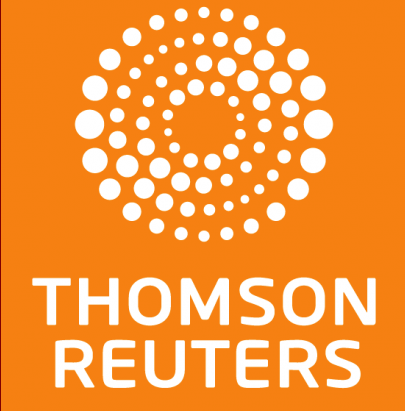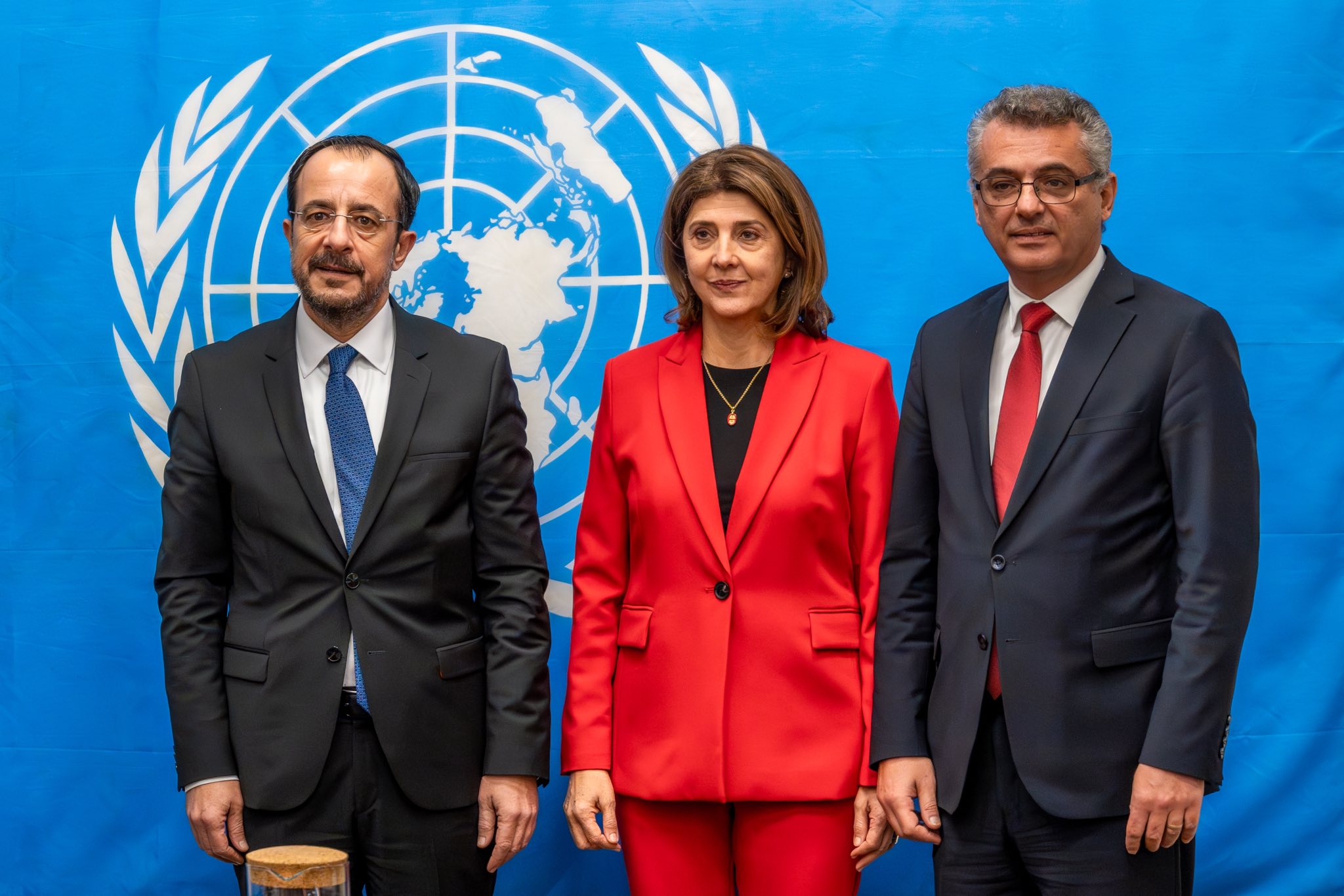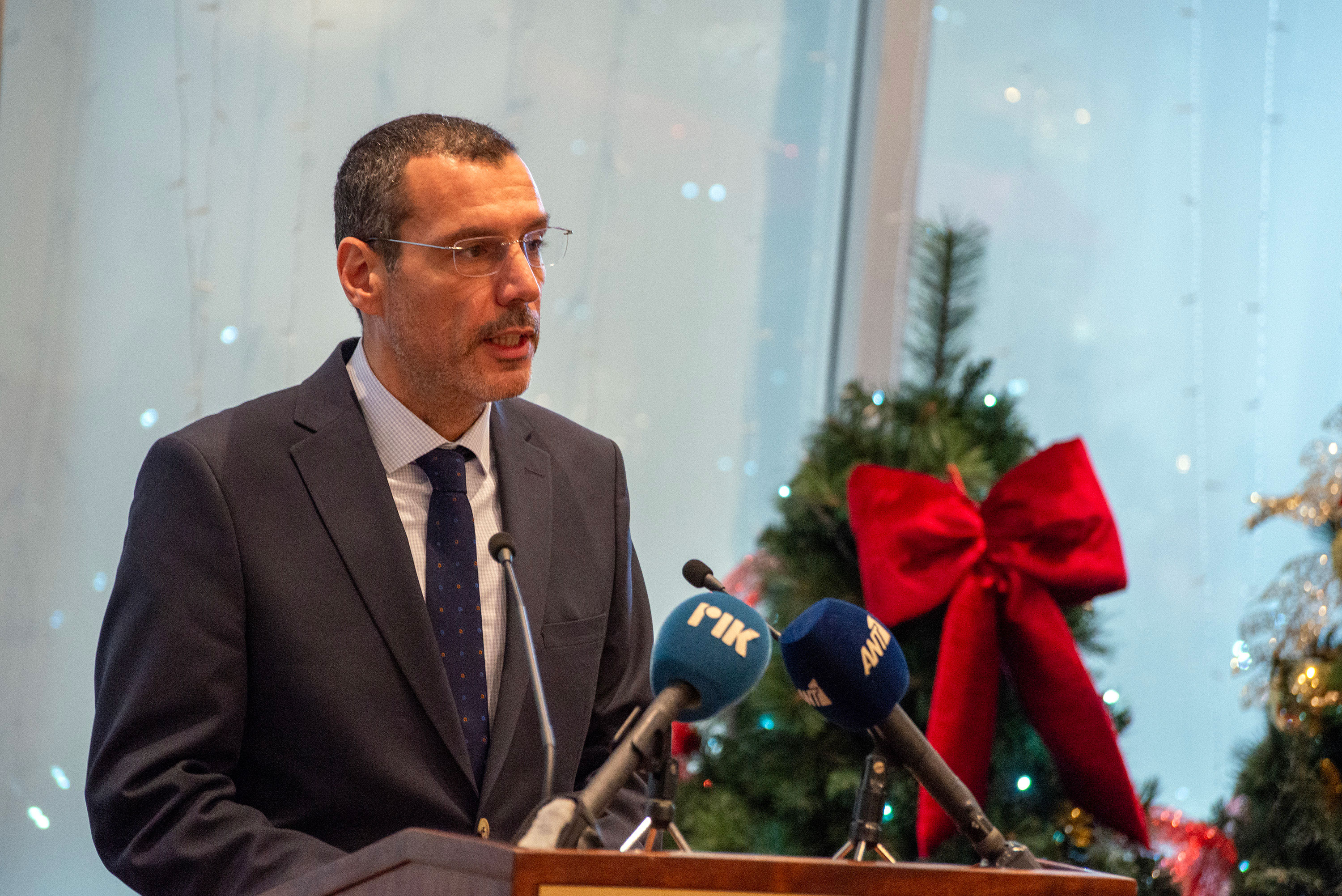President Donald Trump said the U.S. would impose a 19% tariff on goods from Indonesia under a new agreement with the Southeast Asian country and more deals were coming, while offering fresh details on planned duties on pharmaceuticals.
Trump announced the pact with Indonesia, a relatively minor U.S. trading partner, as he continued to press for what he views as better terms with trading partners and ways to shrink a huge U.S. trade deficit. Letters setting tariff rates for dozens of smaller countries were also coming soon, he said on Tuesday.
The deal with Indonesia is among the handful struck so far by the Trump administration ahead of an August 1 deadline when duties on most U.S. imports are due to rise again. The accord came as the top U.S. trading partner – the European Union – readied retaliatory measures should talks with Washington fail.
As that deadline approached, negotiations were under way with other nations eager to avoid more U.S. levies beyond a baseline 10% on most goods that has been in place since April.
Trump’s roll-out of the policies has often been chaotic. His moves have upended decades of negotiated reductions in global trade barriers, unsettling international financial markets and threatening a new wave of inflation.
Based on Trump tariff announcements through Sunday, Yale Budget Lab estimated the U.S. effective average tariff rates will rise to 20.6% from between 2% and 3% before Trump’s return to the White House in January. Consumption shifts would bring the rate down to 19.7%, but it’s still the highest since 1933.
Trump’s tariffs: What’s in effect and what could be in store?
PRODUCT TARIFFS IN EFFECT
Steel and aluminum – 50%
Autos and auto parts – 25%
PRODUCT TARIFFS – THREATENED
Copper – 50% to take effect Aug. 1
Pharmaceuticals – up to 200%
Semiconductors – 25% or higher
Movies – 100%
Timber and lumber
Critical minerals
Aircraft, engines and parts
COUNTRY TARIFFS IN EFFECT
Canada – 10% on energy products, 25% for other products not covered by the U.S.-Canada-Mexico Agreement
Mexico – 25% for products not covered by USMCA
China – 30%, with additional tariffs on some products
United Kingdom – 10%, with some auto and metal imports exempt from higher global rates
Vietnam – 20% for some products, 40% on transshipments from third countries
Indonesia 19%
COUNTRY TARIFFS THREATENED TO TAKE EFFECT AUGUST 1
Algeria 30%
Bangladesh 35%
Bosnia and Herzegovina 30%
Brazil 50%
Brunei 25%
Canada 35%
Cambodia 36%
European Union 30%
Iraq 30%
Japan 25%
Kazakhstan 25%
Laos 40%
Libya 30%
Malaysia 25%
Mexico 30%
Moldova 25%
Myanmar 40%
Philippines 20%
Serbia 35%
Sri Lanka 30%
South Africa 30%
South Korea 25%
Thailand 36%
Tunisia 25%
Trump outlined an Indonesia deal similar to a preliminary pact struck recently with Vietnam, with a flat tariff on exports to the U.S. roughly double the current 10% and no levies on U.S. exports going there. It also included a penalty rate for so-called transhipments of goods from China via Indonesia and a commitment to buy some U.S. goods.
“They are going to pay 19% and we are going to pay nothing … we will have full access into Indonesia, and we have a couple of those deals that are going to be announced,” Trump said outside the Oval Office. Trump later said on his Truth Social platform that Indonesia had agreed to buy $15 billion of U.S. energy products, $4.5 billion of American farm products and 50 Boeing BA.N jets, though no time frame was specified.
He told reporters the deal with Vietnam was “pretty well set” but said it was not necessary to release details.
TRUMP: INDIA TALKS MOVING SAME WAY
Indonesia’s total trade with the U.S. – totalling just under $40 billion in 2024 – does not rank in the top 15, but it has been growing. U.S. exports to Indonesia rose 3.7% last year, while imports from there were up 4.8%, leaving the U.S. with a goods trade deficit of nearly $18 billion.
The top U.S. import categories from Indonesia, according to U.S. Census Bureau data from the International Trade Centre’s TradeMap tool, last year were palm oil, electronics equipment including data routers and switches, footwear, car tires, natural rubber and frozen shrimp.
Susiwijono Moegiarso, a senior official with Indonesia’s Coordinating Ministry for Economic Affairs, told Reuters in a text message: “We are preparing a joint statement between U.S. and Indonesia that will explain the size of reciprocal tariff for Indonesia including the tariff deal, non-tariff and commercial arrangements. We will inform (the public) soon.”
Trump had threatened the country with a 32% tariff rate starting August 1 in a letter sent to its president last week. He sent similar letters to about two dozen trading partners this month, including Canada, Japan and Brazil, laying out tariff rates ranging from 20% to 50%, plus a 50% tariff on copper.
Speaking in Pittsburgh on Tuesday, Trump said he favored blanket tariffs over complicated negotiations, but his Treasury Secretary Scott Bessent and Commerce Secretary Howard Lutnick were keen to land more trade agreements.
Upon his arrival back in Washington, Trump told reporters that letters would be going out soon for many smaller countries, suggesting they would face a tariff of “a little over 10%.”
He said his administration would also announce tariffs on pharmaceuticals imported into the United States, probably at the end of the month, starting with what he called a low tariff rate to give companies time to move manufacturing to the U.S. before imposing a “very high tariff” in a year or so.
The August 1 deadline gives targeted countries time to negotiate about lower tariff rates. Some economists have also noted Trump’s pattern of backing off his tariff threats.
Since launching his tariff policy, Trump has clinched only a few “framework” agreements, falling short of earlier promises to land “90 deals in 90 days.”
So far, such deals have been reached with the United Kingdom and Vietnam, and an interim deal has been struck with China to forestall the steepest of Trump’s tariffs while negotiations continue between Washington and Beijing.
Trump said talks with India were moving “along that same line,” saying the agreement would give U.S. firms access to the large Indian market.
EU READIES RETALIATION
The breakthrough with Indonesia came as the European Commission, which oversees trade for the EU, prepared to target 72 billion euros ($84.1 billion) worth of U.S. goods – from Boeing BA.N aircraft and bourbon whiskey to cars – for possible tariffs if trade talks with Washington fail.
Trump has threatened a 30% tariff on imports from the EU from August 1, a level European officials say is unacceptable and would end normal trade between two of the world’s largest markets.
The list, sent to EU member states and seen by Reuters on Tuesday, pre-dated Trump’s move over the weekend to ramp up pressure on the 27-nation bloc and responded instead to U.S. duties on cars and car parts and a 10% baseline tariff.
The package also covers chemicals, medical devices, electrical and precision equipment as well as agriculture and food products – a range of fruits and vegetables, along with wine, beer and spirits – valued at 6.35 billion euros.







Click here to change your cookie preferences